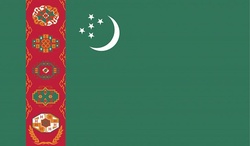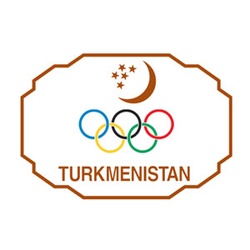Turkmenistan an ancient land of great spirituality, tradition and natural beauty.
The ancient cities of Merv and Konye-Urgench inspire visions of caravans plodding along the ancient Silk Road, while the haunting beauty of the Karakum desert and other quirky natural phenomena are equally mesmerising. The full Turkmen experience is ultimately about mingling with the warm and fascinating people themselves, whose hospitality is the stuff of legend.
It is the second largest state in Central Asia, after Kazakhstan, and is the southernmost of the region’s five republics.
It shares borders with Kazakhstan, Iran, Uzbekistan and Afghanistan. 70% of its land is covered by desert and the capital city is Ashgabat.
The area is home to large deposits of oil and natural gas. Aside from natural gas, Turkmenistan exports crude oil, petrochemicals, textiles and cotton fibre.







